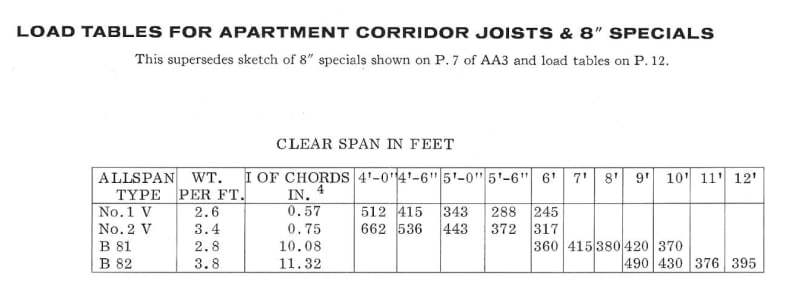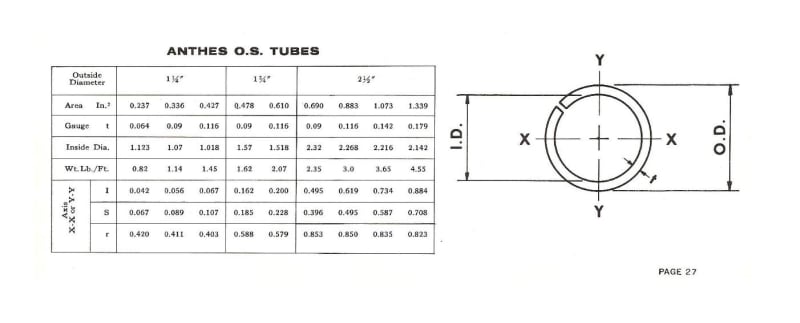TORCHMAN
Structural
- Sep 8, 2023
- 70
My client purchased an old 3-storey office building with OWSJ + metal deck and concrete supporting some floors. In these locations, he is planning on changing the use to self-storage and I am tasked with ensuring that the structure it has the capacity required to support the new use. I am wondering what is the best way to assess the resistance of the OWSJ. A couple of ideas below. How have you approached it in the past?
1) I could model the OWSJ - the top and bottom chords look like a section that are not standard in the code and I am wondering how to deal with this challenge. Any ideas? Chicken scratch of chord section below.
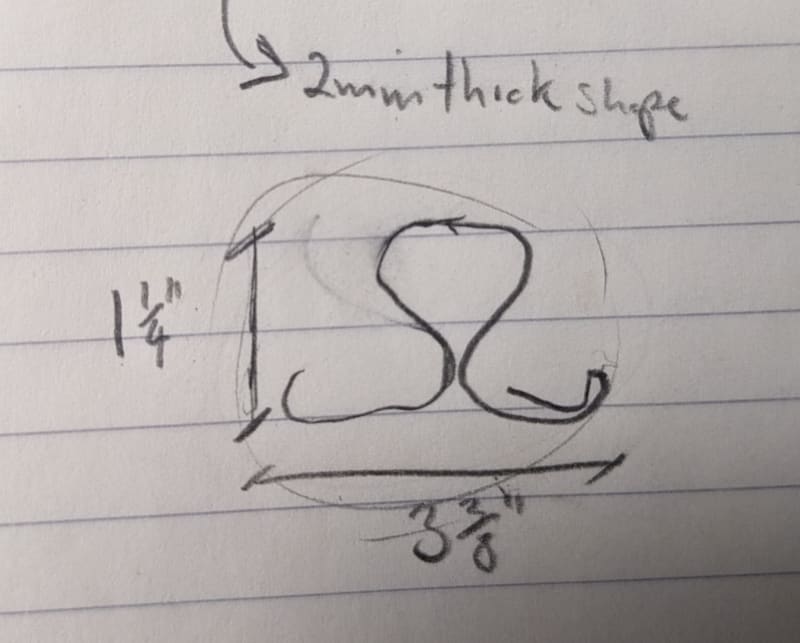
2) Approach Canam or Vulcraft to see if they would have manuals from the 40s or 50s so I can find a match or if they could assist in finding the resistance of these OWSJ.
Some pictures from a previous visit:
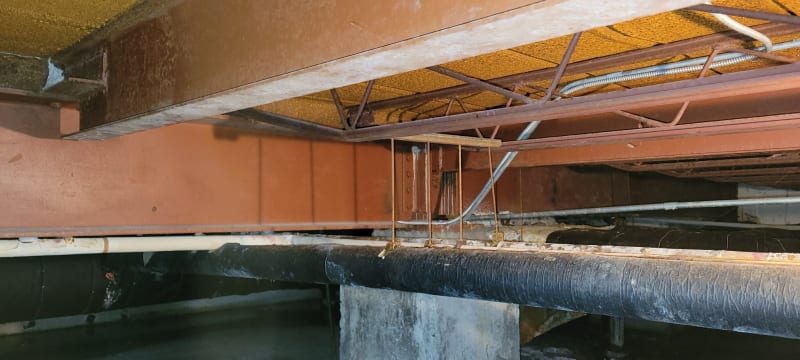
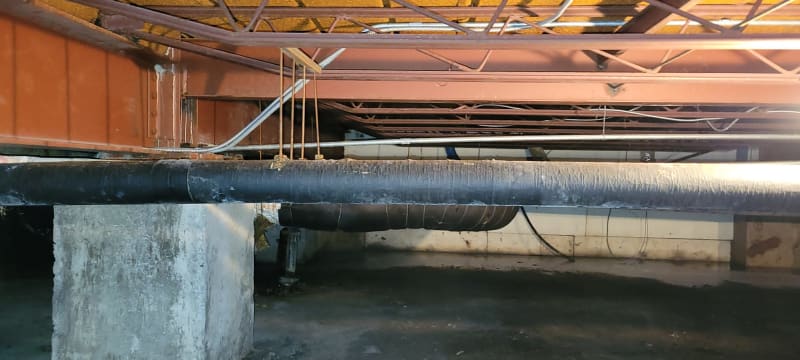
1) I could model the OWSJ - the top and bottom chords look like a section that are not standard in the code and I am wondering how to deal with this challenge. Any ideas? Chicken scratch of chord section below.

2) Approach Canam or Vulcraft to see if they would have manuals from the 40s or 50s so I can find a match or if they could assist in finding the resistance of these OWSJ.
Some pictures from a previous visit:



